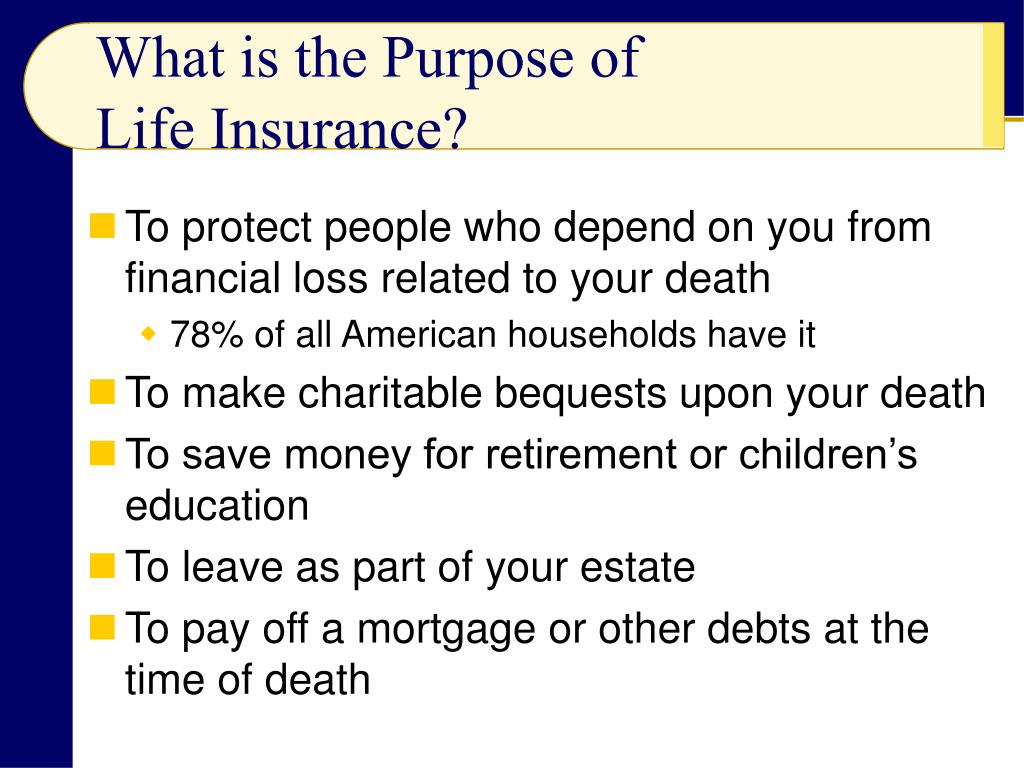The 45-Second Trick For Pacific Prime
The 45-Second Trick For Pacific Prime
Blog Article
Little Known Questions About Pacific Prime.
Table of ContentsThe Main Principles Of Pacific Prime The Basic Principles Of Pacific Prime The Best Strategy To Use For Pacific PrimeMore About Pacific PrimeThe Ultimate Guide To Pacific Prime

This is because the information were gathered for a duration of solid economic performance. Of the approximated 42 million individuals who were without insurance, just about concerning 420,000 (about 1 percent) were under 65 years of age, the age at which most Americans come to be qualified for Medicare; 32 million were grownups between ages 18 and 65, about 19 percent of all grownups in this age; and 10 million were youngsters under 18 years old, about 13.9 percent of all kids (Mills, 2000).
These price quotes of the variety of persons uninsured are created from the yearly March Supplement to the Existing Population Survey (CPS), performed by the Demographics Bureau. Unless or else noted, national estimates of individuals without medical insurance and percentages of the populace with different type of insurance coverage are based upon the CPS, one of the most widely utilized source of quotes of insurance policy protection and uninsurance prices.
Excitement About Pacific Prime

Still, the CPS is especially useful due to the fact that it generates yearly quotes relatively rapidly, reporting the previous year's insurance coverage estimates each September, and due to the fact that it is the basis for a regular set of price quotes for even more than twenty years, allowing for evaluation of patterns in insurance coverage in time. For these reasons, as well as the extensive use of the CPS in other researches of insurance policy coverage that are offered in this report, we rely upon CPS quotes, with restrictions kept in mind.

The estimate of the variety of uninsured individuals expands when a populace's insurance policy status is tracked for numerous years. Over a three-year period beginning early in 1993, 72 million individuals, 29 percent of the U.S. https://www.tumblr.com/pacificpr1me/746587211067195392/we-are-an-award-winning-insurance-intermediary-of?source=share. population, lacked coverage for at the very least one month. Within a solitary year (1994 ), 53 million individuals experienced a minimum of a month without protection (Bennefield, 1998a)
Six out of every ten uninsured adults are themselves employed. Working does boost the probability that one and one's family members will have insurance coverage, it is not a guarantee. Also members of families with 2 full time breadwinner have nearly a one-in-ten chance of being uninsured (9.1 percent without insurance rate) (Hoffman and Pohl, 2000).
The 9-Minute Rule for Pacific Prime
New immigrants make up a considerable percentage of people without medical insurance. One analysis has associated a substantial part of the recent growth in the size of the U.S. uninsured population to immigrants that got here in the nation in between 1994 and 1998 (Camarota and Edwards, 2000). Current immigrants (those who involved the United States within the past 4 years) do have a high price of being without insurance (46 percent), yet they and their children account for just 6 percent of those without insurance coverage across the country (Holahan et al., 2001).
The partnership in between medical insurance and accessibility to care is well developed, as recorded later on in this phase. Although the partnership between medical insurance and health outcomes is neither straight nor basic, an extensive medical and wellness solutions research study literature links health and wellness insurance policy protection to enhanced access to care, better quality, and improved individual and populace health and wellness condition.
Degrees of analysis for checking out the results of uninsurance. It concentrates especially on those without any type of wellness insurance for any size of time.
The Only Guide for Pacific Prime
The problems encountered by the underinsured are in some areas comparable to those encountered by the without insurance, although they are generally less severe. international travel pop over to these guys insurance. Uninsurance and underinsurance, however, involve definitely different policy concerns, and the approaches for resolving them may differ. Throughout this study and the 5 reports to comply with, the primary focus gets on individuals without any wellness insurance policy and therefore no support in paying for health treatment past what is offered through charity and safeguard organizations
Health and wellness insurance coverage is a powerful variable impacting receipt of treatment since both patients and medical professionals react to the out-of-pocket price of services - http://go.bubbl.us/e0d727/3ee9?/New-Mind-Map. Medical insurance, nevertheless, is neither needed nor sufficient to gain accessibility to clinical services. Nonetheless, the independent and direct effect of medical insurance coverage on access to health solutions is well established.
Others will certainly obtain the healthcare they require even without medical insurance, by paying for it expense or seeking it from suppliers who offer treatment free or at very subsidized rates. For still others, health and wellness insurance alone does not make certain receipt of treatment as a result of other nonfinancial obstacles, such as a lack of health and wellness treatment service providers in their area, restricted access to transportation, illiteracy, or etymological and cultural differences.
The 8-Minute Rule for Pacific Prime
Official study concerning uninsured populaces in the United States dates to the late 1920s and very early 1930s when the Board on the Cost of Healthcare created a collection of records concerning funding medical professional office check outs and hospital stays. This concern came to be significant as the numbers of clinically indigent climbed throughout the Great Clinical depression.
Report this page